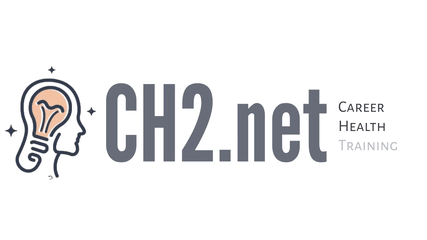AI Basics training
Introduction to Artificial Intelligence
1. What is Artificial Intelligence?
- Definition and core concepts
- Brief history of AI development
- Types of AI: narrow vs general AI
2. Applications of AI in Everyday Life
- AI in smartphones and personal assistants
- AI in social media and recommendation systems
- AI in transportation and navigation
Foundations of AI
3. Key Components of AI Systems
- Data: the fuel for AI
- Algorithms: the engine of AI
- Computing power: enabling AI processing
4. Machine Learning Basics
- What is machine learning?
- Supervised vs unsupervised learning
- Common machine learning algorithms
5. Introduction to Neural Networks
- Artificial neurons and layers
- Basic architecture of neural networks
- Deep learning: a subset of machine learning
AI Technologies and Techniques
6. Natural Language Processing (NLP)
- Understanding human language
- Applications: chatbots, translation, text analysis
7. Computer Vision
- How machines interpret visual information
- Applications: facial recognition, object detection
8. Robotics and AI
- AI in physical systems
- Autonomous vehicles and drones
Ethical Considerations and Future of AI
9. AI Ethics and Bias
- Importance of ethical AI development
- Addressing bias in AI systems
- Privacy concerns in AI applications
10. The Future of AI
- Emerging trends in AI research
- Potential impacts on jobs and society
- Challenges and opportunities in AI development
Hands-on Projects
11. Building a Simple Chatbot
- Using basic NLP techniques
- Implementing rule-based responses
12. Image Classification Project
- Using pre-trained models for image recognition
- Understanding the basics of transfer learning
This outline provides a comprehensive introduction to AI for beginners, covering fundamental concepts, key technologies, ethical considerations, and practical applications. The course structure progresses from basic definitions to more complex topics, ensuring a gradual learning curve for newcomers to the field.
The inclusion of hands-on projects allows learners to apply their knowledge practically, reinforcing theoretical concepts through real-world applications. This approach helps bridge the gap between theory and practice, making the learning experience more engaging and effective.
By the end of this course, learners should have a solid foundation in AI concepts, an understanding of its current applications and future potential, and some practical experience in implementing basic AI projects.
There are no comments for now.
